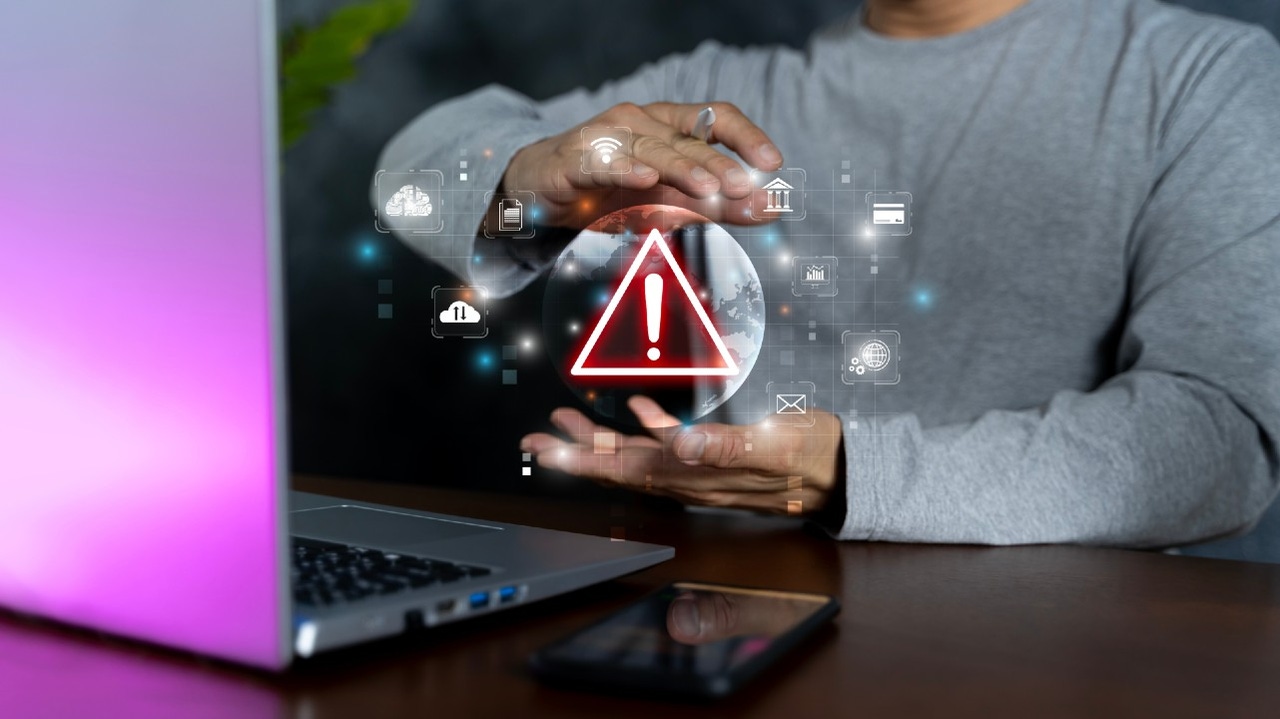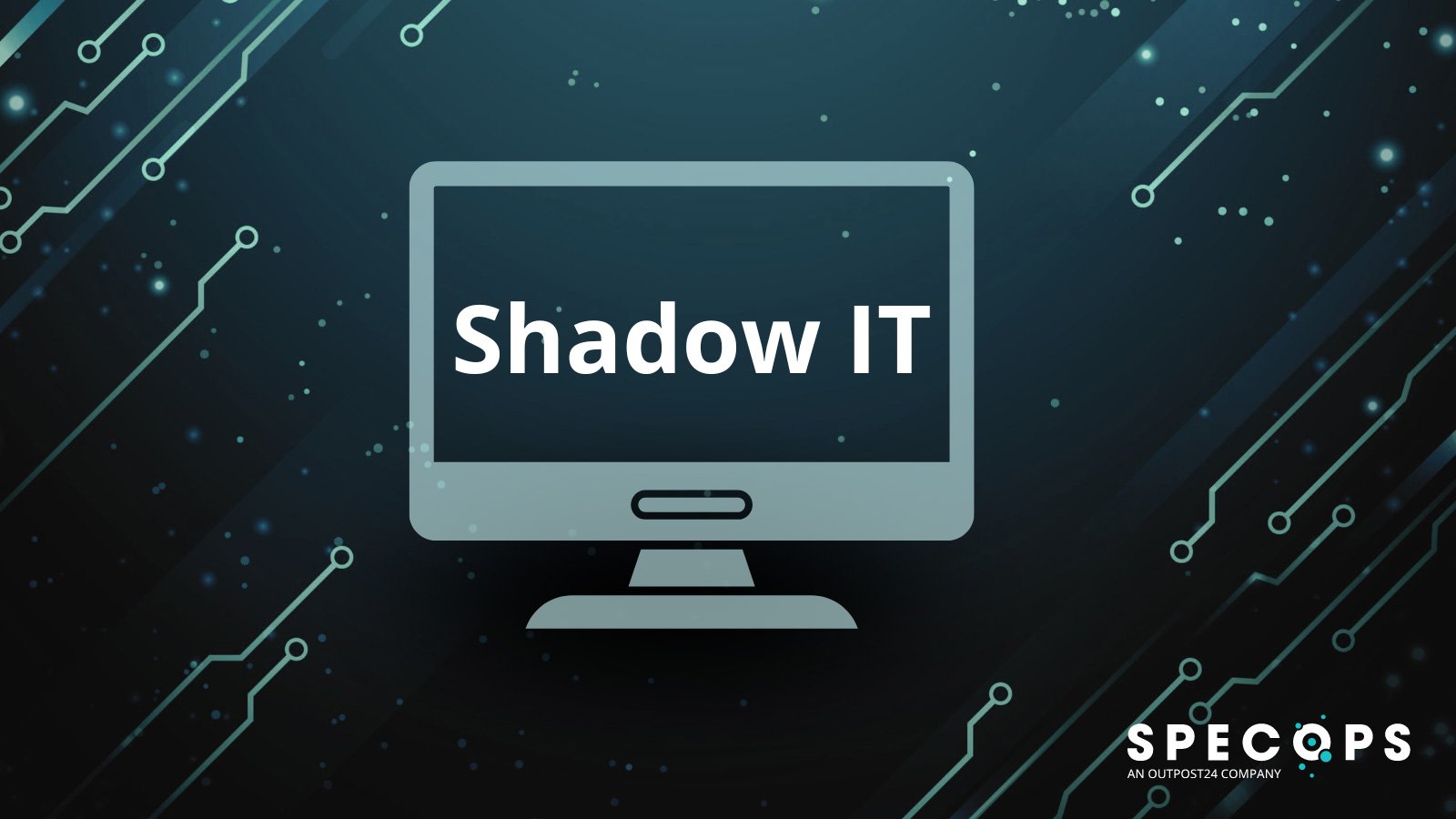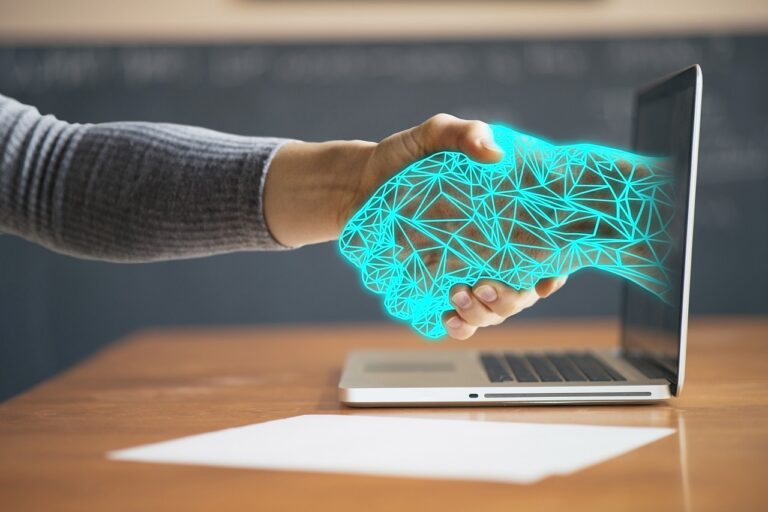Effective Strategies for Talking About Security Risks with Business Leaders

Like every difficult conversation, CISOs must pick the right time, place and
strategy to discuss cyber risks with the executive team and staff. Instead of
waiting for the opportunity to arise, CISOs should proactively engage with
individuals at all levels of the organization to influence them and ensure an
understanding of security policies and incident response. These conversations
could come in the form of monthly or quarterly meetings with senior
stakeholders to maintain the cadence and consistency of the conversations,
discuss how the threat landscape is evolving and review their part of the
business through a cybersecurity lens. They could also be casual watercooler
chats with staff members, which not only help to educate and inform employees
but also build vital internal relationships that can affect online behaviors.
In addition to talking, CISOs must also listen to and learn about key
stakeholders to tailor conversations around their interests and
concerns. ... If you're talking to the board, you'll need to know the
people around that table. What are their interests, and how can you
communicate in a way that resonates with them and gets their attention? Use
visualization techniques and find a "cyber ally" on the board who will back
you and help reinforce your ideas and the information you share.
Is Explainable AI Explainable Enough Yet?

“More often than not, the higher the accuracy provided by an AI model, the
more complex and less explainable it becomes, which makes developing
explainable AI models challenging,” says Godbole. “The premise of these AI
systems is that they can work with high-dimensional data and build non-linear
relationships that are beyond human capabilities. This allows them to identify
patterns at a large scale and provide higher accuracy. However, it becomes
difficult to explain this non-linearity and provide simple, intuitive
explanations in understandable terms.” Other challenges are providing
explanations that are both comprehensive and easily understandable and the
fact that businesses hesitate to explain their systems fully for fear of
divulging intellectual property (IP) and losing their competitive advantage.
“As we make progress towards more sophisticated AI systems, we may face
greater challenges in explaining their decision-making processes. For
autonomous systems, providing real-time explainability for critical decisions
could be technically difficult, even though it will be highly necessary,” says
Godbole. When AI is used in sensitive areas, it will become increasingly
important to explain decisions that have significant ethical implications, but
this will also be challenging.
The challenge of cloud computing forensics

Data replication across multiple locations complicates forensics processes
that require the ability to pinpoint sources for analysis. Consider the
challenge of retrieving deleted data from cloud systems—not just a technical
obstacle, but a matter of accountability that is often not addressed by IT
until it’s too late. Multitenancy involves shared resources among multiple
users, making it difficult to distinguish and segregate data. This is a
systemic problem for cloud security, and it is particularly problematic for
cloud platform forensics. The NIST document acknowledges this challenge and
recommends the implementation of access mechanisms and frameworks so companies
can maintain data integrity and manage incident response. Thus, the mechanisms
are in place to deal with issues once they occur because accounting happens on
an ongoing basis. The lack of location transparency is a nightmare. Data
resides in various physical jurisdictions, all with different laws and
cultural considerations. Crimes may occur on a public cloud point of presence
in a country that disallows warrants to examine the physical systems, whereas
other countries have more options for law enforcement. Guess which countries
the criminals choose to leverage.
Is the rise of genAI about to create an energy crisis?

Though data center power consumption is expected to double by 2028, according
to IDC research director Sean Graham, it’s still a small percentage of overall
energy consumption — just 18%. “So, it’s not fair to blame energy consumption
on AI,” he said. “Now, I don’t mean to say AI isn’t using a lot of energy and
data centers aren’t growing at a very fast rate. Data Center energy
consumption is growing at 20% per year. That’s significant, but it’s still
only 2.5% of the global energy demand. “It’s not like we can blame energy
problems exclusively on AI,” Graham said. ... Beyond the pressure from genAI
growth, electricity prices are rising due to supply and demand dynamics,
environmental regulations, geopolitical events, and extreme weather events
fueled in part by climate change, according to an IDC study published today.
IDC believes the higher electricity prices of the last five years are likely
to continue, making data centers considerably more expensive to operate. Amid
that backdrop, electricity suppliers and other utilities have argued that AI
creators and hosts should be required to pay higher prices for electricity —
as cloud providers did before them — because they’re quickly consuming greater
amounts of compute cycles and, therefore, energy compared to other users.
20 Years in Open Source: Resilience, Failure, Success

The rise of Big Tech has emphasized one of the most significant truths I’ve
learned: the need for digital sovereignty. Over time, I’ve observed how
centralized platforms can slowly erode consumers’ authority over their data
and software. Today, more than ever, I believe that open source is a crucial
path to regaining control — whether you’re an individual, a business, or a
government. With open source software, you own your infrastructure, and you’re
not subject to the whims of a vendor deciding to change prices, terms, or even
direction. I’ve learned that part of being resilient in this industry means
providing alternatives to centralized solutions. We built CryptPad — to offer
an encrypted, privacy-respecting alternative to tools like Google Docs. It
hasn’t been easy, but it’s a project I believe in because it aligns with my
core belief: people should control their data. I would improve the way the
community communicates the benefits of open source. The conversation all too
frequently concentrates on “free vs. paid” software. In reality, what matters
is the distinction between dependence and freedom. I’ve concluded that we need
to explain better how individuals may take charge of their data, privacy, and
future by utilizing open source.
20 Tech Pros On Top Trends In Software Testing

The shift toward AI-driven testing will revolutionize software quality
assurance. AI can intelligently predict potential failures, adapt to changes
and optimize testing processes, ensuring that products are not only
reliable, but also innovative. This approach allows us to focus on creating
user experiences that are intuitive and delightful. ... AI-driven test
automation has been the trend that almost every client of ours has been
asking for in the past year. Combining advanced self-healing test scripts
and visual testing methodologies has proven to improve software quality.
This process also reduces the time to market by helping break down complex
tasks. ... With many new applications relying heavily on third-party APIs or
software libraries, rigorous security auditing and testing of these services
is crucial to avoid supply chain attacks against critical services. ... One
trend that will become increasingly important is shift-left security
testing. As software development accelerates, security risks are growing.
Integrating security testing into the early stages of development—shifting
left—enables teams to identify vulnerabilities earlier, reduce remediation
costs and ensure secure coding practices, ultimately leading to more secure
software releases.
How to manage shadow IT and reduce your attack surface

To effectively mitigate the risks associated with shadow IT, your
organization should adopt a comprehensive approach that encompasses the
following strategies:Understanding the root causes: Engage with different
business units to identify the pain points that drive employees to seek
unauthorized solutions. Streamline your IT processes to reduce friction and
make it easier for employees to accomplish their tasks within approved
channels, minimizing the temptation to bypass security measures. Educating
employees: Raise awareness across your organization about the risks
associated with shadow IT and provide approved alternatives. Foster a
culture of collaboration and open communication between IT and business
teams, encouraging employees to seek guidance and support when selecting
technology solutions. Establishing clear policies: Define and communicate
guidelines for the appropriate use of personal devices, software, and
services. Enforce consequences for policy violations to ensure compliance
and accountability. Leveraging technology: Implement tools that enable your
IT team to continuously discover and monitor all unknown and unmanaged IT
assets.
How software teams should prepare for the digital twin and AI revolution

By integrating AI to enhance real-time analytics, users can develop a more
nuanced understanding of emerging issues, improving situational awareness
and allowing them to make better decisions. Using in-memory computing
technology, digital twins produce real-time analytics results that users
aggregate and query to continuously visualize the dynamics of a complex
system and look for emerging issues that need attention. In the near future,
generative AI-driven tools will magnify these capabilities by automatically
generating queries, detecting anomalies, and then alerting users as needed.
AI will create sophisticated data visualizations on dashboards that point to
emerging issues, giving managers even better situational awareness and
responsiveness. ... Digital twins can use ML techniques to monitor thousands
of entry points and internal servers to detect unusual logins, access
attempts, and processes. However, detecting patterns that integrate this
information and create an overall threat assessment may require data
aggregation and query to tie together the elements of a kill chain.
Generative AI can assist personnel by using these tools to detect unusual
behaviors and alert personnel who can carry the investigation forward.
The Open Source Software Balancing Act: How to Maximize the Benefits And Minimize the Risks

OSS has democratized access to cutting-edge technologies, fostered a culture
of collaboration and empowered businesses to prioritize innovation. By
tapping into the vast pool of open source components available, software
developers can accelerate product development, minimize time-to-market and
drive innovation at scale. ... Paying down technical debt requires two
things, consistency and prioritization. First, organizations should opt for
fewer high-quality suppliers with well-maintained open source projects
because they have greater reliability and stability, reducing the likelihood
of introducing bugs or issues into their own codebase that rack up tech
debt. In terms of transparency, organizations must have complete visibility
into their software infrastructure. This is another area where SBOMs are
key. With an SBOM, developers have full visibility into every element of
their software, which reduces the risk of using outdated or vulnerable
components that contribute to technical debt. There’s no question that open
source software offers unparalleled opportunities for innovation,
collaboration and growth within the software development ecosystem.
Is AI really going to burn the planet?

Trying to understand exactly how energy-intensive the training of datasets
is, is even more complex than understanding exactly how big data center GHG
sins are. A common “AI is environmentally bad” statistic is that training a
large language model like GPT-3 is estimated to use just under
1,300-megawatt hours (MWh) of electricity, about as much power as consumed
annually by 130 US homes, or the equivalent of watching 1.63 million hours
of Netflix. The source for this stat is AI company Hugging Face, which does
seem to have used some real science to arrive at these numbers. It also, to
quote a May Hugging Face probe into all this, seems to have proven that
"multi-purpose, generative architectures are orders of magnitude more
[energy] expensive than task-specific systems for a variety of tasks, even
when controlling for the number of model parameters.” It’s important to note
that what’s being compared here are task-specific AI runs (optimized,
smaller models trained in specific generative AI tasks) and multi-purpose (a
machine learning model that should be able to process information from
different modalities, including images, videos, and text).
Quote for the day:
"Leadership is particularly necessary to ensure ready acceptance of the
unfamiliar and that which is contrary to tradition." -- Cyril Falls
No comments:
Post a Comment